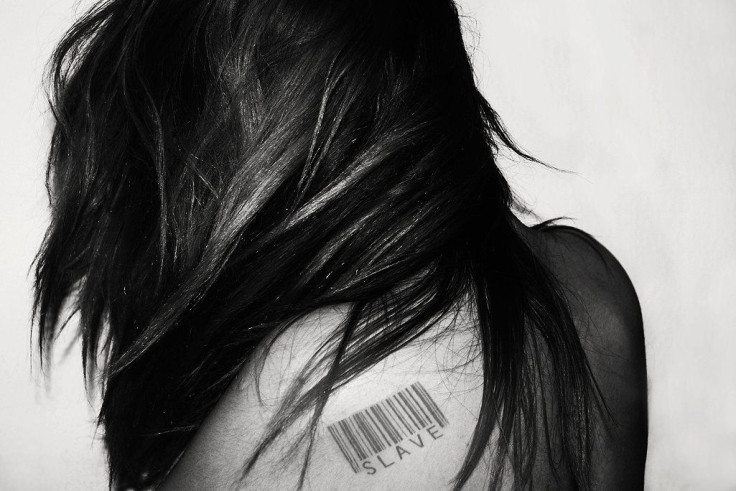Australian Pedophiles Find Online Abuse Of Filipino Children Cheaper, Less Risky

KEY POINTS
- Australian pedophiles watch live child abuse in the Philippines
- Law enforcement find its difficult to provide proof of such abuse
- Banks' unwillingness to report suspicious transactions helping abusers
For as little as 15 Australian dollars (about $10 or 500 Philippine Peso), pedophiles in Australia can watch children perform sexual acts online while the abuse is being filmed in the Philippines.
Senior officer Andrew Perkins, of the Australian federal police (AFP) team in Manila, told the Guardian Australia that this is an “alarming shift” toward “convenient and low-risk” activity compared to the more common “sex tourism” involving the abuse of children.
Perkins pointed out a disturbing feature of the online images; that they can be customized to the specific requirements of customers. He said, “It includes the development of live online sexual abuse in pay-per-view. Online child sexual exploitation is one of the most alarming forms of human trafficking in the Philippines.”
He added, “Combating child exploitation within Australia and offshore is a key priority for the AFP. The work is time-consuming and resource-intensive. Providing the required proof or probable cause for authorities overseas ... is often difficult.”
The situation is a perfect storm. There is demand with pedophiles in Australia who want to see the images but avoid any detection combined with a steady supply of victims among poor families in the Philippines who are desperate for money. Compounding the problem is that English is spoken in both countries, their time zones are similar, and the cost of a webcam and the internet is low.
According to Perkins, viewers will pay anywhere from A$15 to A$500 depending on such factors as the age and number of the victims, how many people will view it and the type of abuses the victims will be subjected to. The pedophiles will use encrypted communications when ordering the “shows” and some will purchase legal pornographic shows with adults instead of children to mask the illegal purchases. This can make the collection of evidence quite difficult.
Efforts to combat the problem are underway in Australia and the Philippines. The Australian Centre to Counter Child Exploitation was established in March 2018 to facilitate collaboration between federal and state governments, NGOs and the private sector in restraining pedophiles.
Cooperation between the AFP team in Manila and local counterparts has resulted in some success. In one case, arrests were made, and a 12-year old girl was rescued.
One of the most tried and true methods to fight crime of any type is to follow the money trail. Westpac, an Australian bank and financial service provider, is accused of money laundering that included some payments to suspected child exploiters in the Philippines. Australian banks are supposed to report transactions consistent with “child exploitation typologies” but the Westpac case raises doubts about the willingness of the banks to comply.
The never-ending challenge for law enforcement is how to be a step ahead of perpetrators who are always coming up with ingenious ways to hide their activities.
Andrew Perkins summed up the determination of the authorities to stop the abuse by saying, “We’re completely committed to lessen the threat that these [people] pose to children in the Philippines.”
© Copyright IBTimes 2025. All rights reserved.




















